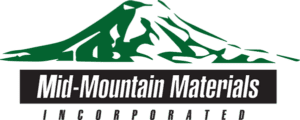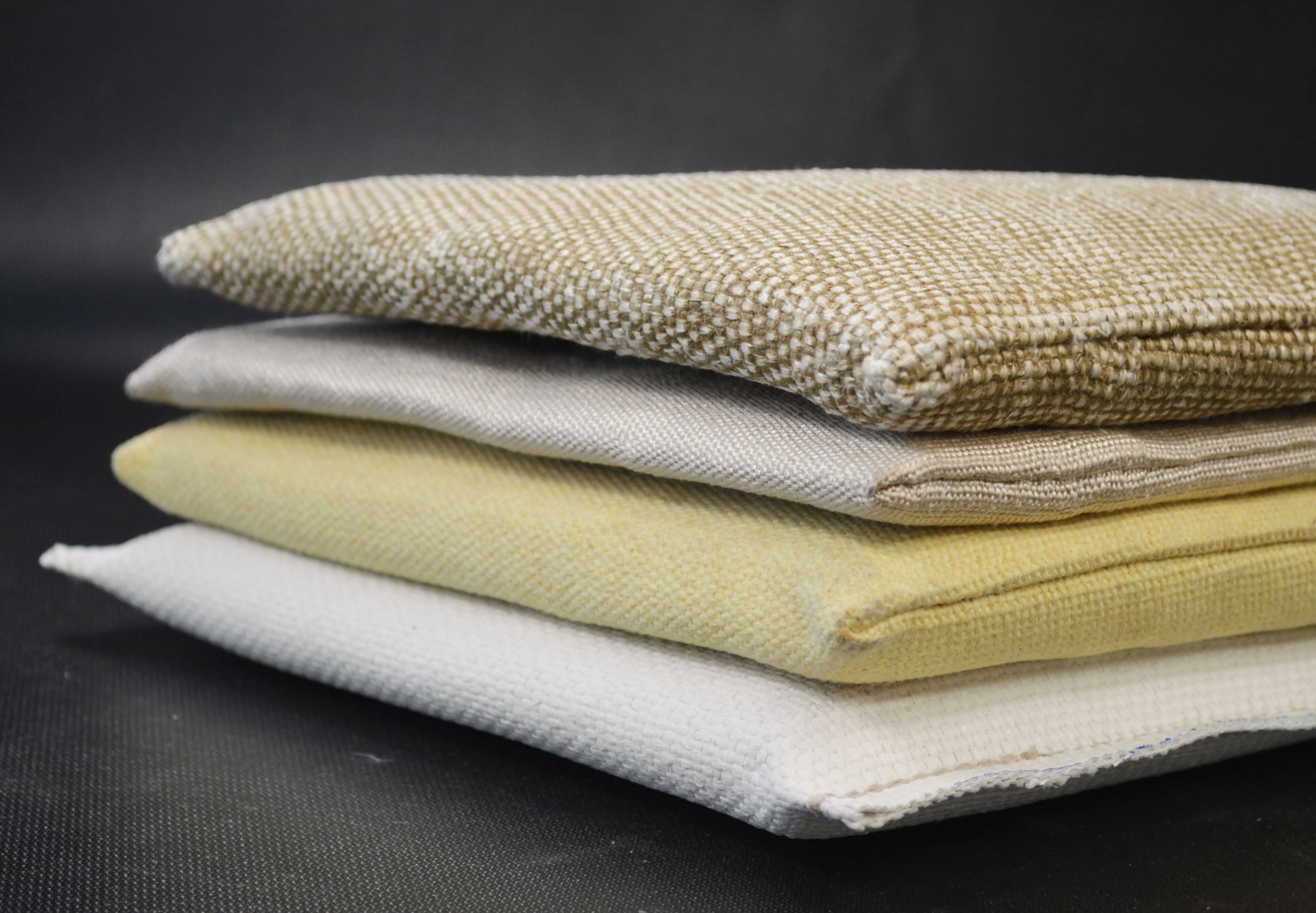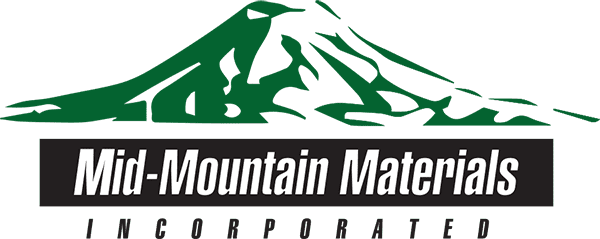Due to the rapid growth in the use of aluminum by automobile manufacturers, there have been an increased supply demands for aluminum rolling mills. The aluminum industry is buoyant as manufacturers take advantage of the materials strength and lightness in preference to steel. A good example is Ford committing to aluminum for the F-150 pick-up truck. Ford Motor made a bold gamble in 2015 with a new version of its F-150 pickup truck made chiefly of aluminum rather than steel. The new F-150 is a technological marvel being 700 pounds lighter than the truck’s previous version and able to pull heavy loads with a V6 engine rather than the fuel-hungry V8. Aluminum manufacturers are not short of customers with the demands of the aircraft industry, food packaging and building industry to name but a few. However, one area where aluminum rolling mills suffer is the scrapping of aluminum coils damaged during transport, annealing, cooling and handling operations. The reduction of this scrap is a major problem for aluminum processors and can be a source of increased overheads due to the energy costs of melting down and recasting scrap metal.
Tray Pads Can Help
The way to avoid bruising and streak damage to coils is closer than you might think. Generally, hot coils are landed on specially designed steel trays to stop them moving during transport. This is where some of the surface damage can occur and many coils can suffer areas of ‘bruising’. This is because the movement of aluminum on steel surfaces, particularly in the heated state, causes abrasions and denting due to surface contact. Avoiding steel to aluminum contact during the transportation, handling, and annealing of cold and hot aluminum coils, billets, slabs, extrusions, and sheets is essential.
Coils, in particular, have to be treated with care during movement and trays are only half the battle. The trick is to provide coils, some that could weigh 10 tonnes or more, with a soft landing. This can be accomplished by the addition of landing pads to the bare trays. Tray pads are specially designed material cushions manufactured from heat-resistant materials such as fiberglass. Studies have shown that coil surface damage can be reduced by more than 60% by using tray pads compared to bare trays. US company Mid-Mountain Materials, Inc. are experts in heat-resistant materials. They have been proactive in reducing scrap from rolling mills by providing a range of durable high-temperature duty tray pads. Tray pads are suitable for use in a range of applications used in rolling such as v-racks, sling trays, curved racks, cooling station trays, and annealing furnace rail cars.
The Range of Tray Pads
For a number of years, Mid-Mountain has recognized the benefits of tray pads. Tray pads can lead to a notable retention of usable metal and a considerable reduction in the overhead costs for the customer. Mid-Mountain has worked with numerous rolling mills to develop four standard types of THERMOPAK® Tray Pads according to strict specifications for use in different applications. Internal padding materials in all versions of the tray pads is CERMEX® MT1000 Needled Fiberglass Mat. CERMEX® is used because it is stable for extended periods at high-temperature (melting point is over 2050°F – 1120°C). And it has a high density of 9-11 lbs per ft3. Exterior fabrics are adjusted according to the specific application. THERMOPAK® Tray Pads can be custom manufactured to specific temperature applications if required.
High-temperature applications such as annealing furnaces can require either of two possible pad types. The ARMATEX® FIRESTAR 35 style pads are suitable for short-term exposure of up to 1500°F – 815°C and continuous use of 1000°F – 538°C, while HYTEX® 1400 style pads are used for temperatures up to 1400°F – 760°C. Other applications that involve the setting of hot coils in trays without the need for actual placement into recirculating annealing furnaces can use lower duty-temperature pads. In these areas, the highest resistance to contact surface abrasion (CSA) means that the HYTEX® 700 or ARMATEX® QF40 Clear style pads can be used. Both of these pad types exhibit exceptional cut and abrasion resistance and so can better protect coils from mechanical damage. ARMATEX® QF40 CLEAR pads are suitable for continuous use to 1000°F – 538°C and short-term exposure to 2000°F – 1093°C, while HYTEX® 700 is suitable for temperatures up to 450°F – 232°C.
HYTEX® Textiles
HYTEX® 700 textiles are produced from blended yarns of Kevlar® and glass fibers. The blend of material used in the tray pad cover combines the wear resistance of fiberglass with the tensile strength of Kevlar® to produce a product with good strength and abrasion resistance at the duty temperature of 650°F • 345°C. The strength and dimensional stability are excellent making HYTEX® 700 especially suited for use in heat shields and insulation. HYTEX® 1400 textiles are produced from low-alkali fiberglass yarn for use at temperatures where E-glass products would fail. Their strength is exceptional, weight is low, and dimensional stability excellent. HYTEX® 1400 textiles should be used where high abrasion or temperatures from 1000-1400°F (540-760°C) are met.
ARMATEX® Textiles
ARMATEX® Firestar 35 is a special textile for tray pads that is produced from heavyweight fiberglass with a mineral coating. This has the result of providing excellent abrasion resistance and short-term high-temperature resistance up to 1500°F. The ARMATEX® QF 40 CLEAR is the most durable and abrasive resistant tray pad as it is impregnated with refractory material allowing short-term exposure to 2000°F.
THERMOPAK® Tray Pads
Thermopak® Tray Pads are also designed to minimize the in-house scrap produced during CSA and bruising. Mid-Mountain’s high durability/high-temperature tray pad solutions are ideal to help the aluminum rolling mills to meet their commitments by reducing scrap coils. This means that usable production is increased reducing overheads and increasing profits for these rolling mills.
References
- Visual Quality Characteristics of Aluminum Sheet and Plate, The Aluminum Association, Fourth Edition, February 2002
- https://mid-mountain.com/wp-content/uploads/2020/08/Thermopak-Tray-Pads.pdf



